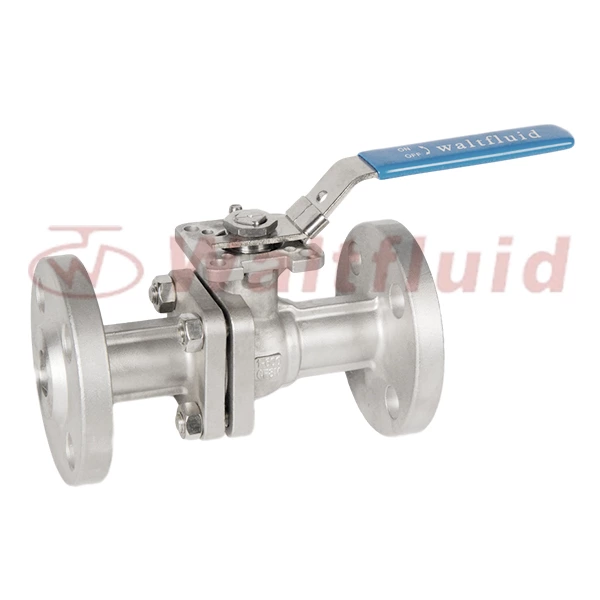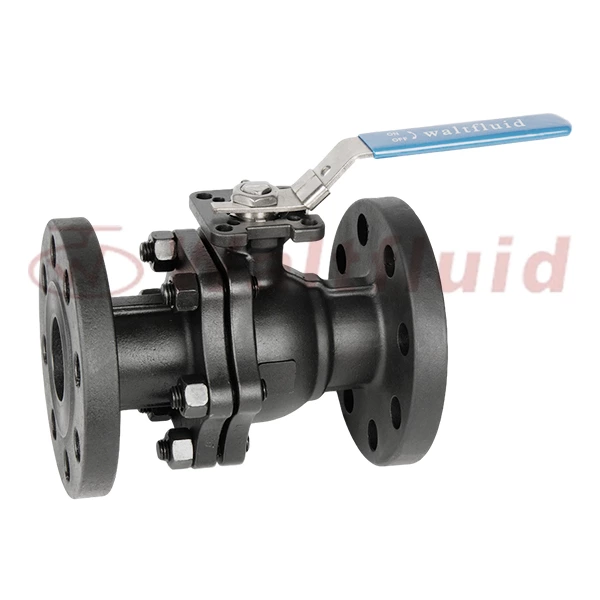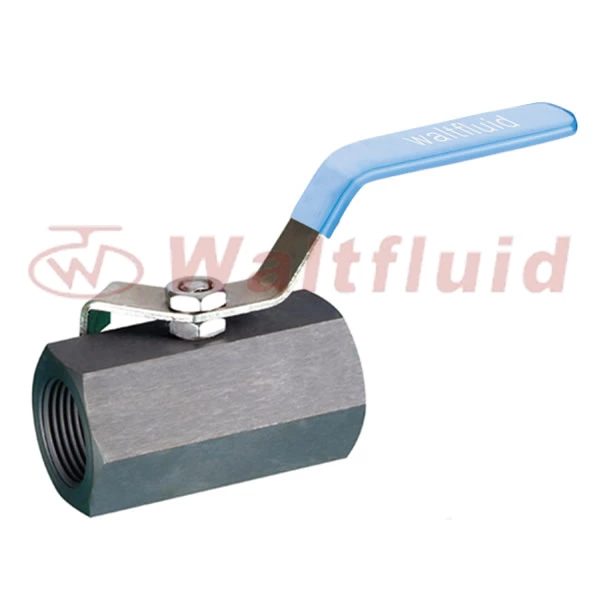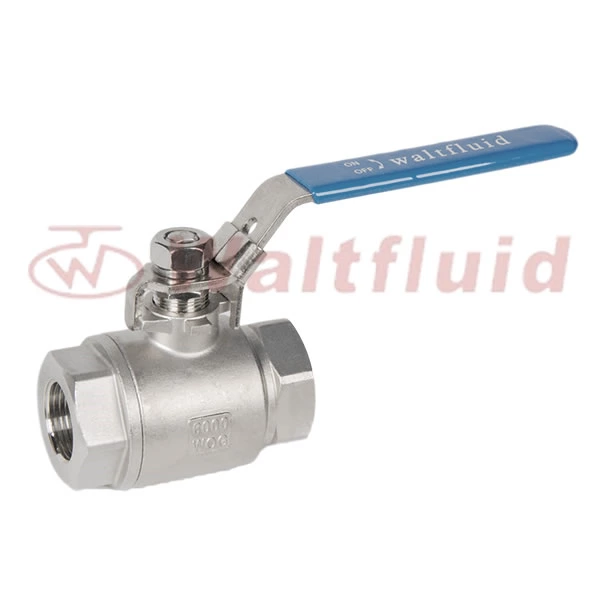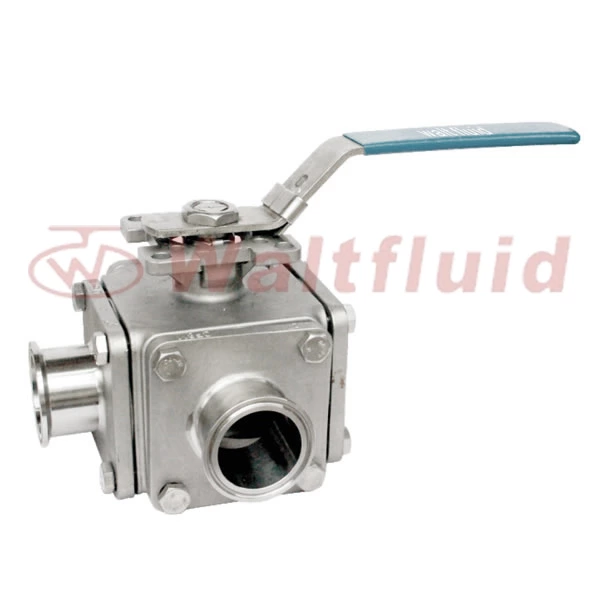Structural Features Of Pipeline Insulation Ball Valve
The following is an introduction to the structural features of 1 Piece Threaded Ball Valve. The thermal insulation ball valve is a valve that can be used for heavy oil, glue and other easily solidified media. It has all the functions of an ordinary ball valve and can also insulate the medium and fluid in the pipeline. The reason why the pipe insulation ball valve has the insulation function has a lot to do with its structural characteristics.
The structure of the pipeline insulation ball valve includes a valve body, a valve cover, a valve core, a valve stem and a driving mechanism. The valve stem passes through the guide hole on the upper part of the valve body. There is a filler in the gap between the valve stem and the guide hole, and a valve is set above the filler. cover, the upper end of the valve stem is connected to the driving mechanism, and the lower end is connected to the valve core installed on the sealing seat inside the valve body. Its significant difference from traditional products is that a jacket is provided on the outer wall of the valve, and the driving mechanism is an electric actuator. The control line of the device is connected to a temperature sensor installed in the cavity of the valve body.
The sealing seat of the thermal insulation ball valve is installed in a looper, and the looper is connected to the valve body using elastic elements. The elastic element is a cylindrical coil spring, and the filler is flexible graphite filler.
Pipe insulation ball valve has the following characteristics:
The sealing performance is reliable and can effectively prevent the medium in the valve from solidifying. At the same time, the opening and closing status of the valve can be electrically adjusted according to the temperature in the valve body cavity, so that the flow rate of the fluid in the valve can be adjusted to make the fluid reach the appropriate temperature.
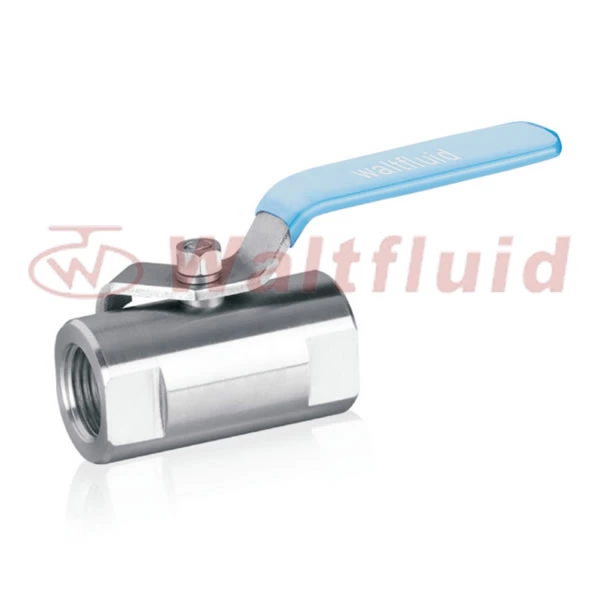
 English
English 中文
中文 Pусский
Pусский  Español
Español
